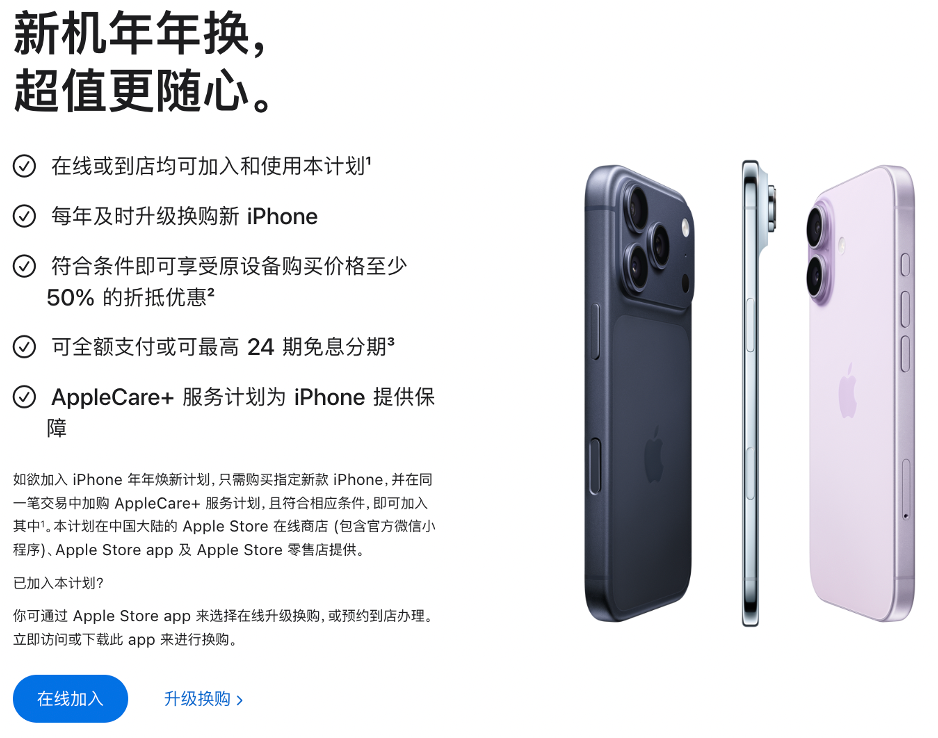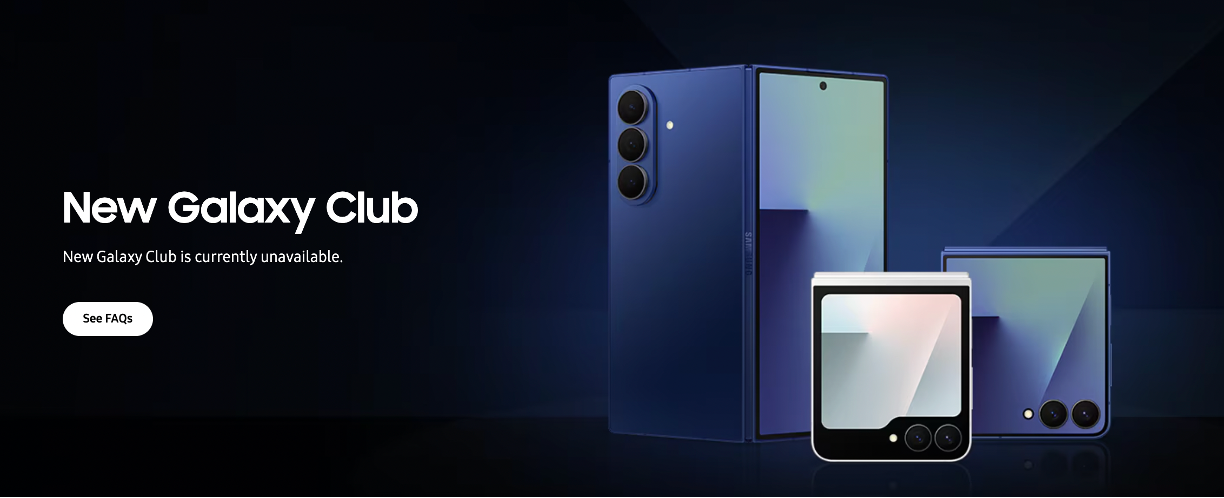Market Update: CCS Insights Prediction 62.
Return to sender, address well known...
I’ve decided to continue the CCS Predictions series out of numerical order. It makes better sense. In Part 1, I covered Prediction 36, that by 2027, over a third of mobile phone sales in the UK are directly from the manufacturer1. It would be hard to disagree with this, especially given the direction of travel over the last few years, and exploring the scenario in depth suggested a rebalancing of new device sales at the expense of the telcos and the multi-channel retailers and in refurbished device sales at the expense of the marketplaces. Trade-in would become the key mechanism by which the manufacturers would ultimately own 33% of device lifecycles, impacting not only the primary sale, but also the consumer buy-back. Any student of marketing theory will attest that sales do not follow natural curves, market shares are a function of successful marketing strategy, or otherwise. It should be no surprise then, that CCS Insight’s Prediction 62 is:
By 2026, one in four launches of premium smartphones comes with buy-back or upgrade offers.
This is justified with the following rationale: “As consumers weigh the long-term cost of owning a phone and its residual value, models that guarantee a buy-back or upgrade options become more attractive. Such schemes also ensure a consistent supply of devices into the organised secondary market”. Hard to disagree, so let’s break it down and consider this scenario…
Setting the Baseline
Manufacturer trade-in offers have been in place for some time. Apple’s iPhone “Reuse and Recycle” programme launched over a decade ago offering up to £175 (in the UK) towards your new device2. The programme is now available in 25 markets covering North America, much of Europe and selected Asia-Pacific countries and managed by Likewize. On the face of it, you can trade-in any brand of phone, tablet, smartwatch or laptop, however, options for non-Apple devices quickly reduce to “recycle only” once you get beyond smartphones.
Samsung evolved their own offer at the beginning of this year with the year-round Galaxy Trade-In programme by partially delinking the buy-back offer from the new device purchase; customers can choose to trade-in flagship models when buying a new device or, they can trade-in for a Samsung account credit which lasts for 5-years and can be used on any device or appliance purchase. The programme was initially launched in South Korea and France, with further roll-outs throughout the year, again supported by Likewize.
Google’s trade-in programme in the Pixel checkout flow is operated by multiple partners globally including Hyla (Assurant) and PCS Wireless. Customers can trade-in any manufacturer brand of smartphone when buying a new device. Xiaomi, in Europe have partnered with Recommerce and offer a standard checkout flow trade-in, although looking at the current level of discounts approaching Black Friday, they’re almost paying you to take a new device regardless of any trade-in.
It would be churlish not to mention Apple’s original upgrade programme345. It may even present a clue as to Apple’s future trade-in product development options. The programme launched in the US in 2015 and then the UK and China in 2016. The US and UK versions are fundamentally continuous financing options with slightly different variables including the upgrade window (after 50% and 55% of the term, respectively) and early upgrade options (US: yes after 6 payments; UK: no). The China model is fundamentally different, available only to customers buying the device outright and selecting an AppleCare+ plan for that phone. Customers are then eligible to receive at least 50% of the original purchase price as a trade-in credit when purchasing an eligible new iPhone during a 13-month window between months 3 and 15 post purchase. Trade-in beyond the 15-month limit removes the 50% credit eligibility.
Other than Samsung’s regular overtrade promotional incentives when trading in specific models, their boldest experiment this year, and perhaps the example that gave CCS the confidence in their prediction was the UK piloted Galaxy Club. The programme offered 50% of the device RRP if upgraded between months 12 and 15 on selected and financed devices. As at the time of writing, the new Galaxy Club was no longer available. Perhaps the pilot ran its course or ran out of runway. So, there are plenty of manufacturer trade-in programmes, and experimentation appears to be accelerating, but only the new Galaxy Club and the Apple Upgrade Programme in China offered a guaranteed residual, and otherwise trade-in offers exist separately from new product positioning; they’re in checkout flows or promoted as limited-time offers and not yet part of the core product proposition at launch.
What “One in Four” launches means by 2026
There are approximately 40-50 distinct premium models launched annually from the major manufacturers:
Apple: 4-5 models (iPhone + iPhone Pro variants)
Samsung: 6-8 models (Galaxy S series + Z Fold/Flip variants)
Google: 3-4 models (Pixel + Pro variants + Fold)
Chinese manufacturers: 20-30 models combined (Xiaomi, OPPO, Vivo, Honor, OnePlus, etc.)
So, the CCS prediction would mean that 10-13 device launches would include an integrated buy-back or upgrade offer from day one, shifting the offer from a transaction tool to product feature. Launch keynotes might position guaranteed residual value alongside camera specs and battery life. Marketing materials lead with “€/£ 400 guaranteed after 18 months” rather than burying trade-in in FAQs.
This is likely to be concentrated in mature markets with flat or low growth curves, particularly Western Europe as device ownership extend towards 4 years and where there is increasing consumer sensitivity to relative costs. Manufacturers need new mechanisms to influence replacement cycles or at least mitigate flat sales.
Why this matters strategically
For manufacturers looking to mitigate the impact of flat or declining new sales in key markets, increasing market share may not involve net new sales, but should result in additional margin captured by reducing wholesale volumes to other large distributors. Guaranteed buyback creates a contractual relationship beyond the initial sale that locks in future demand and captures devices before they enter uncontrolled marketplaces. If manufacturers are set to own the consumer device lifecycle, then the direct relationship enables that lifecycle to be better tracked with targeted upgrade prompts at the appropriate times. Take that Apple Upgrade Programme in China: Apple can prompt the user with specific offers that maximise residual value predictions over a 13month window, pre-empting the user’s upgrade intentions, developing enhanced refurbished inventory control and actively managing the second margin event. Buy-back offers are how manufacturers reach one-third of UK sales. Without guaranteed residuals, consumers have fewer reasons to switch channels. With them, manufacturer direct becomes the rational choice.
Winners & Losers
If anyone still sells the win-win-win, or even the win-win, let’s reset expectations. Manufacturers growing guaranteed buyback penetration represents a transfer of value and customer relationships from established channels to OEMs. Someone loses.
Apple and Samsung win because they possess the structural advantages that make guaranteed buybacks economically viable at scale. Apple’s devices command the strongest residual values, their retail footprint provides customer touch points and, their established trade-in programme (through Likewize) has had sufficient tenure to refine operations at scale. Samsung’s premium devices retain value almost as effectively6, and their refurbishment partnerships across major markets (e.g. MTR in the UK, Foxway in Germany, Evollis in France, Assurant in the US), give them operational capacity to process growing volumes. Both can credibly guarantee 50% residual values because they control the supply and device economics. Smaller OEMs lack both the infrastructure and scale to absorb outliers when actual returns diverge from value or volume projections.
Consumers win. A £400 device with no guaranteed buyback competes poorly against an £800 device with 50% guaranteed return. The effective two-year cost becomes £400 versus £400, but one comes with premium specifications and brand perception. OnePlus, Nothing, Xiaomi, and similar brands risk becoming budget alternatives by default, unable to compete on total cost of ownership. On this basis, there’s no need for Apple to introduce a budget phone.
The secondary market sector’s fortunes split along partnership lines. Suppliers linked to manufacturer programmes see some relationships strengthen as OEM volumes grow. Suppliers linked to telco or retail trade-in programmes face volume erosion as those channels lose share. Some partners serve both, experiencing divergent outcomes within their own portfolio. Likewize exemplifies this tension: growing Apple and Samsung manufacturer programmes whilst simultaneously facing reduced volumes through carrier partnerships like O2 as those channels lose device sales to manufacturer direct.
Telcos lose further control of device upgrade cycles. Manufacturers with guaranteed buybacks set the timing rather than contract renewal cycles. The relationship transforms from telco-controlled contracts to manufacturer-controlled device lifecycles, with carriers reduced to connectivity providers.
Traditional multichannel retailers were already becoming increasingly marginalised in mobile. This accelerates decline for most, though as I examined last week7, Currys’ refurbishment infrastructure and store network might position them to compete for some of the share telcos lose, especially if they can secure manufacturer partnerships or insurance backing to offer comparable guarantees.
Peripheral trade-in programmes like Lloyds Bank’s8 sit outside the purchase cycle entirely, lack device brand affinity, and cannot offer manufacturer-backed guarantees. When manufacturers integrate buybacks directly into purchase conversations, standalone programmes become invisible.
Independent marketplaces confront supply reduction. Devices captured through manufacturer guaranteed buybacks remain within controlled refurbishment and resale rather than entering the open market twelve to eighteen months post-purchase. Reduced supply tightens pricing, making independent marketplace inventory less competitive against manufacturer certified refurbished offerings.
The device protection and insurance sector remains curiously absent from this conversation. Manufacturers guaranteeing minimum residual values are effectively underwriting depreciation risk. Traditional device insurance covers loss, theft, and damage; guaranteed buybacks cover market value erosion. These risks overlap but aren’t identical. Does manufacturer involvement in residual value guarantees reduce insurance attachment rates? Does it increase them by making premium devices more accessible? Is insurance mandated as part of the buy-back contract? Do insurers partner with manufacturers to share risk, or does this represent competitive encroachment into what was insurance territory? Whilst the CCS Prediction doesn’t address this, the sector represents billions in annual premiums globally and sits directly in the affected value chain.
The secondary market infrastructure that has developed over the past decade now confronts a fundamental question: can it adapt to become part of manufacturer-controlled lifecycles, or will manufacturers close the loop entirely themselves?
Strategic Implications
In this scenario then, the market structure fundamentally shifts from transactional sales to recurring relationships. Manufacturers no longer simply sell devices, they finance, guarantee, reclaim, refurbish, and resell them, capturing multiple margin events across a device’s lifecycle. Apple and Samsung aren’t building trade-in programmes to be helpful; they’re capturing device lifecycle ownership because the economics justify it and flat new sales in mature markets demand it.
Consumer decision-making changes when total cost of ownership replaces upfront price as the primary metric. An £800 device with £400 guaranteed buyback after 18 months becomes economically equivalent to a £400 device with no guarantee, but delivers premium specifications, brand perception and access to the Apple or Samsung ecosystems. This reinforces competitive dynamics across the entire market, making brand strength and residual value prediction as important as product features.
Prediction 36’s forecast of manufacturers capturing one-third of UK direct sales by 2027 requires a mechanism. Guaranteed buybacks are that mechanism. Without residual value guarantees, consumers lack sufficient incentive to abandon established purchase channels. With them, manufacturer direct becomes the rational choice. The predictions aren’t separate market observations, they’re connected components of a single strategic shift in how devices are sold, owned, and reclaimed. Smart. If you’d like to see all 100 CCS Predictions, please follow this link.
Peace,
sb.



